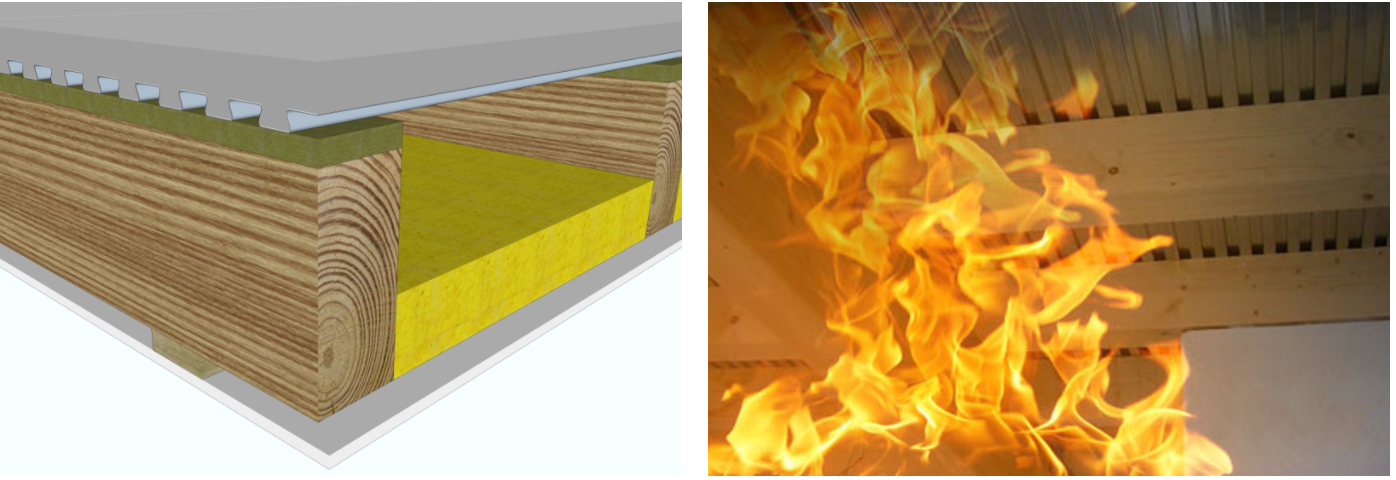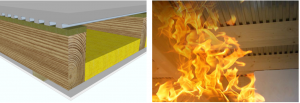
Innovative timber-concrete composite slab used in buildings

An innovative timber-concrete composite slab is being used in more and more buildings in Switzerland, after these passed the same strict fire safety standards as conventional concrete or steel buildings. The Institute of Structural Engineering (IBK) at ETH Zurich which is globally renowned for conducting large scale fire tests. These fire tests allow researchers to know more about the structural and thermal behaviour of load-bearing wall and floor elements so as to determine the composite component’s resistance to fire. The information obtained is used for development of design models and to create component classification. The test conducted at the Fire Technology Lab at EMPA’s site in Dubendorf, confirmed that the new timber composite slab is fire resistant for 60 minutes. The slab is now installed the ETH House of Natural Resources ( HoNR).
A dissertation submitted to the University of Sheffield by Structural Engineer Kwesi A Okutu, where he explores the feasibility of using cross laminated timber (XLT) floor slabs, replacing precast concrete units in a shallow floor system called Slimflor. Timber a natural renewable building resource is much lighter than concrete so that it is possible to reduce the amount of steel used in the frame of the building, ensuring adequate robustness and fire resistance. His test revealed that buildings with columns closer than 9m apart, and with imposed loads of 4 kN/m2 or less, and by using timber there can be even more reduction of steel in the frame. According to design brochure for KLH’s slabs, is rated REI 60 or better and comply with European Technical approval ETA-06/0138 and with appropriate coatings a rating of B-s1, do could be achieved with low combustibility, little smoke formation without any flaming debris. XLT panels achieved a charring rate of 0.76 mm/min.
In UK Lewis dovetailed sheeting profiled metal decking makes it possible to realise a composite floor construction that meets fire resistance of 60 or 120 minutes, installed on wooden supporting constructions
